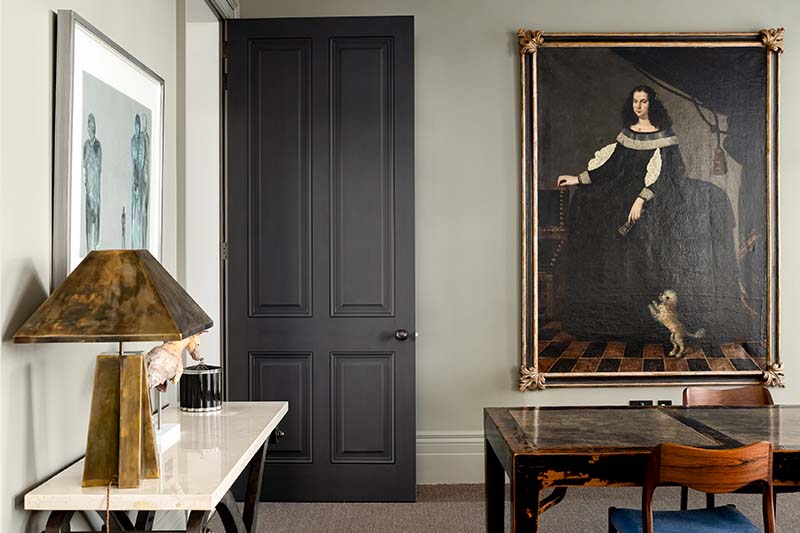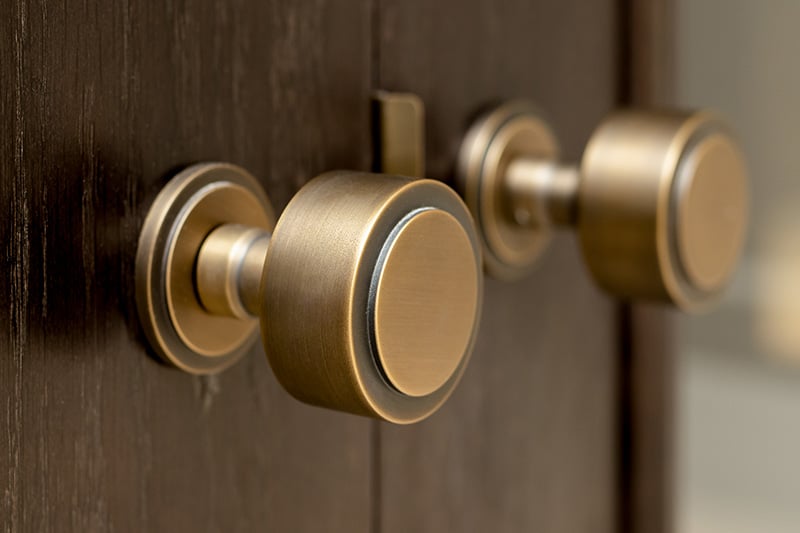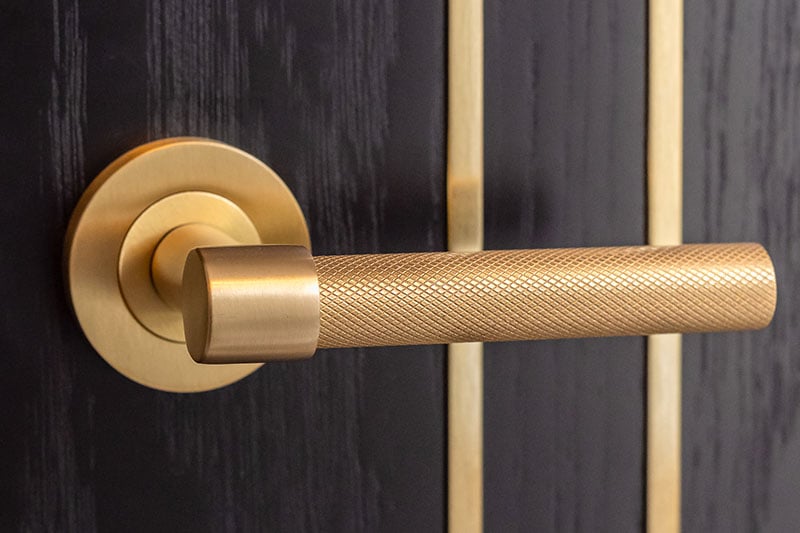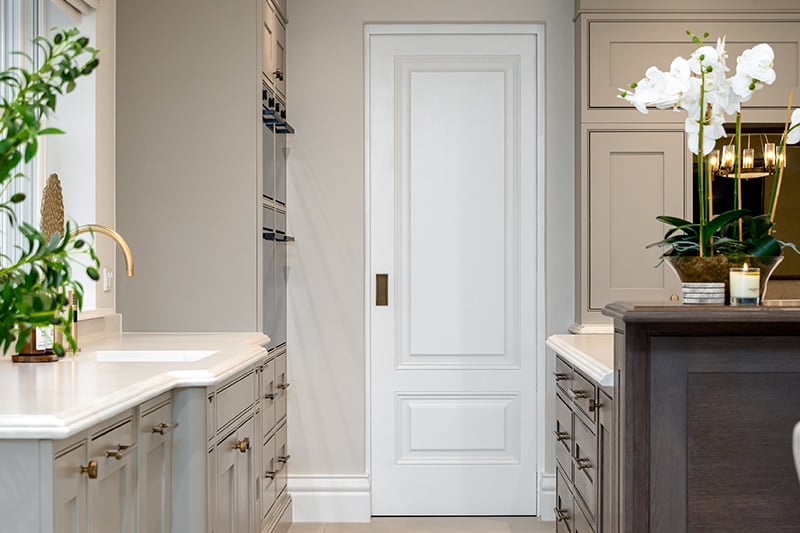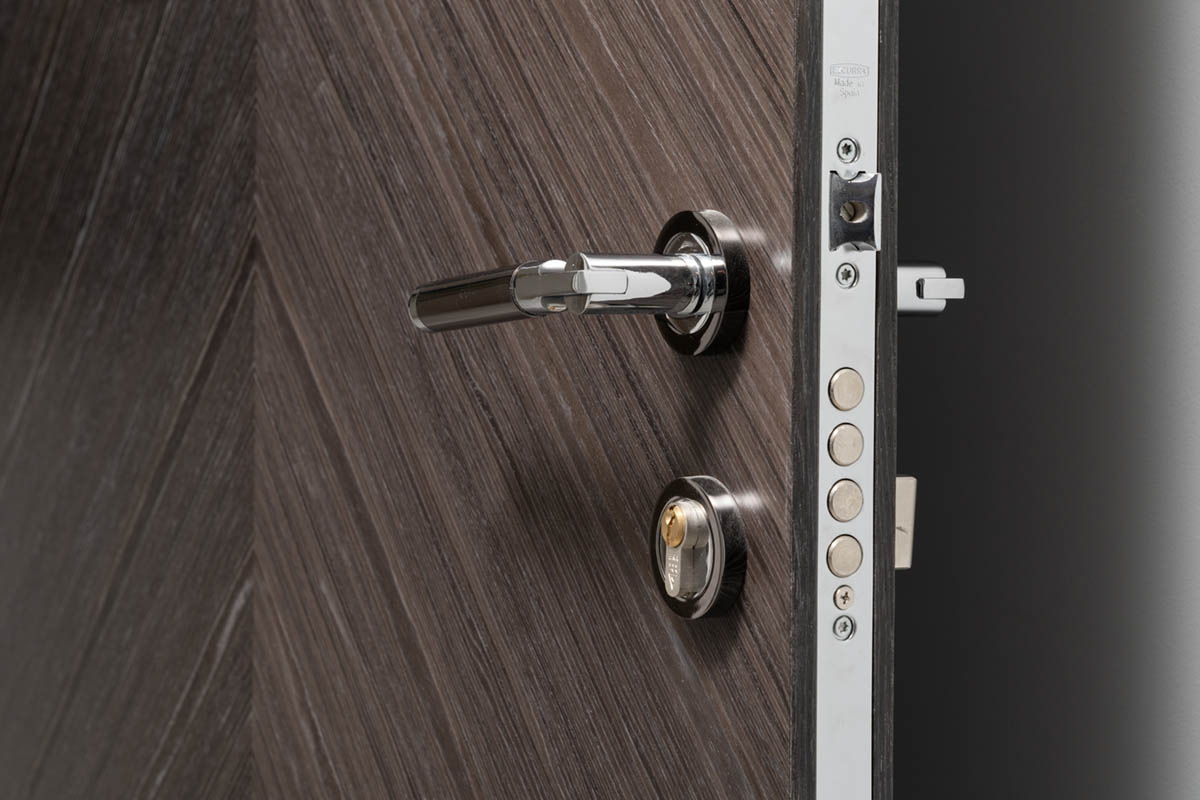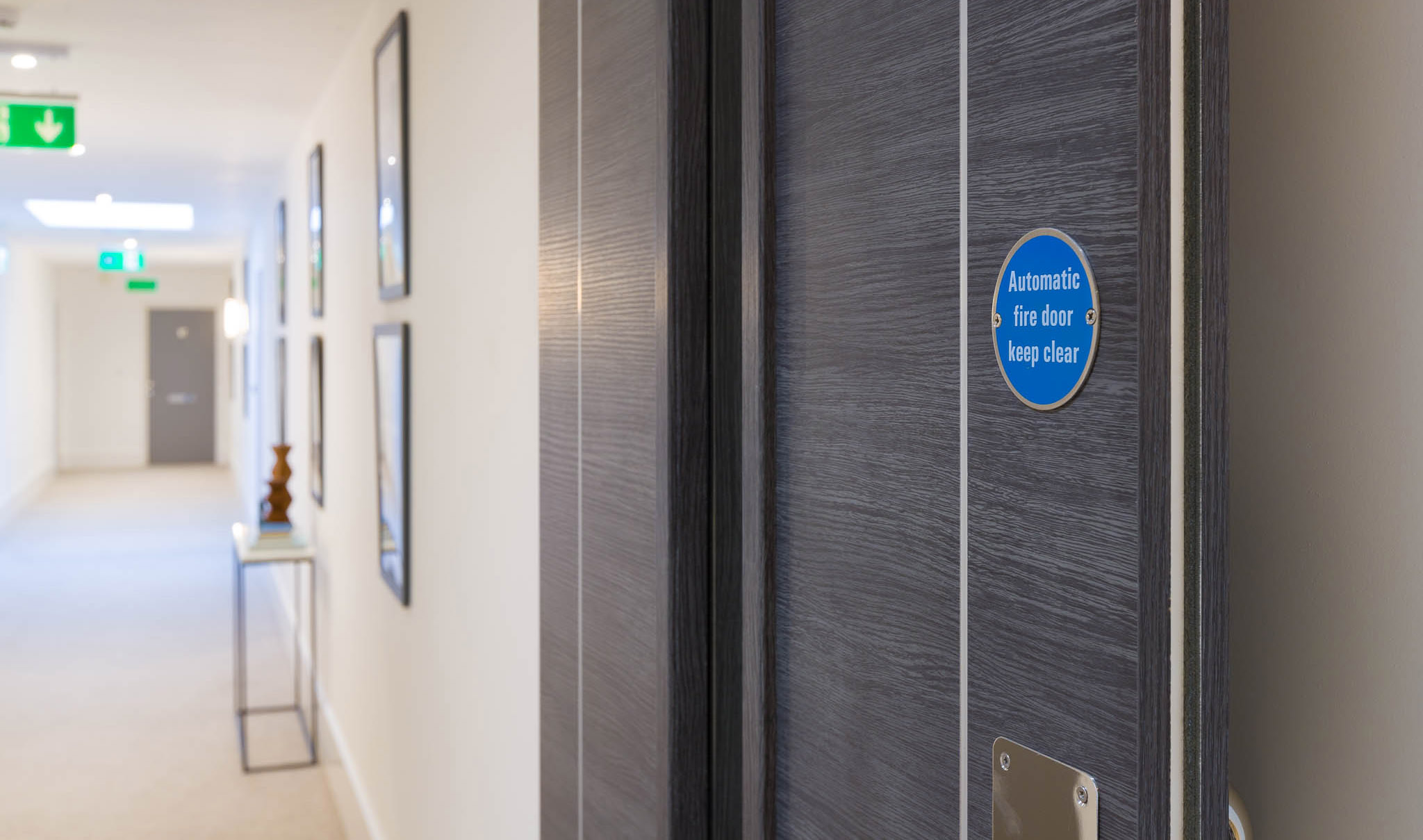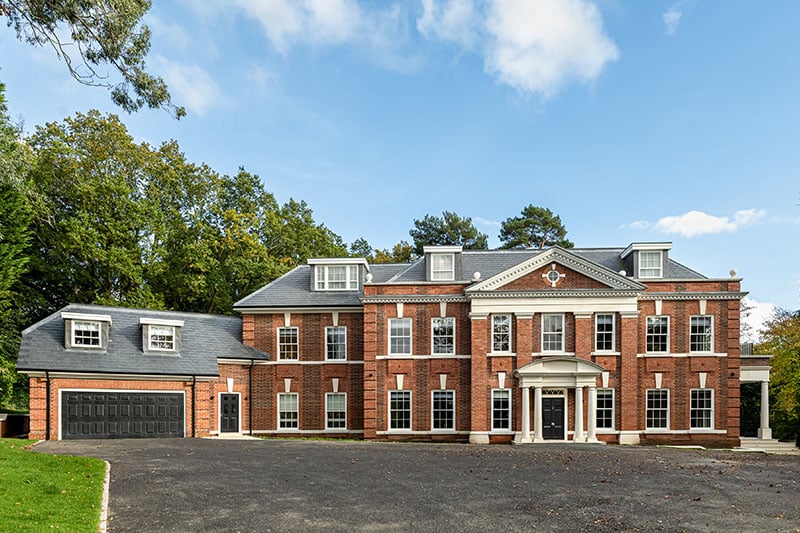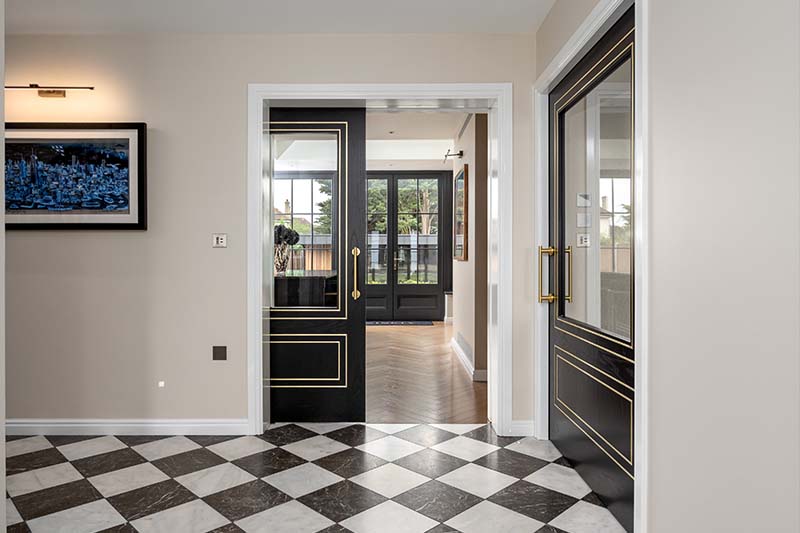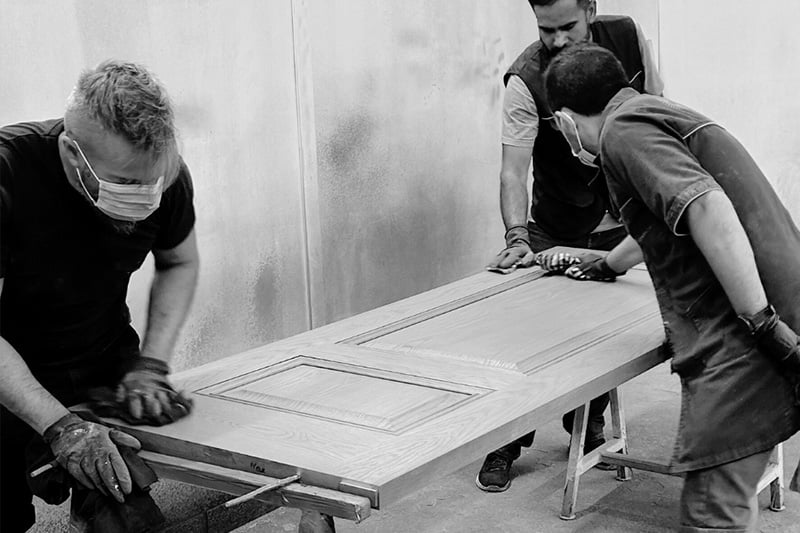How to Increase the Safety of Your Fire Door Sets
05 April 2019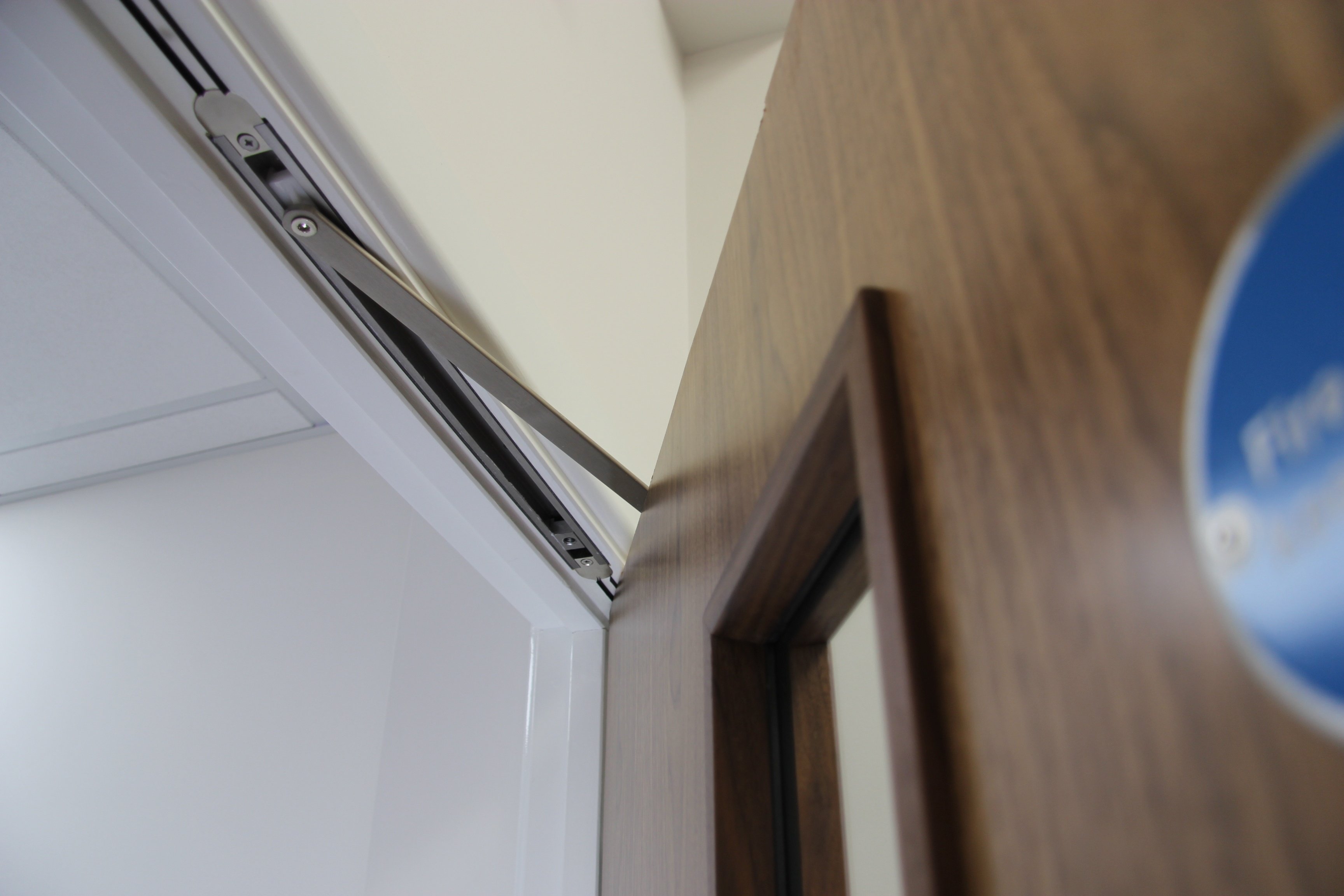
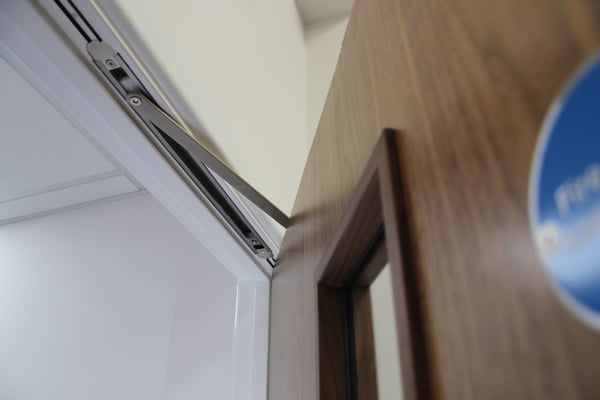 Fire safety is a key consideration for any property and if you’re a developer or building contractor, then complying fully with all relevant rules and regulations is a major responsibility.
Fire safety is a key consideration for any property and if you’re a developer or building contractor, then complying fully with all relevant rules and regulations is a major responsibility.
In England and Wales, these obligations are set out in the UK building regulations under Approved Document B. The guidance sets out the minimum building standards that need to be achieved in order to aid the detection of fire, to prevent its spread and ensure there are adequate escape routes. This includes architectural requirements, as well as conditions for the use of certain fixtures and fittings.
Fire doors play a crucial role and here we have pulled together an overview of what you need to consider when choosing them, as well as some innovative products that can help increase fire door performance.
Fire doors
One of the key fire safety components within any property are fire doors. They need to not only act as a barrier to contain the spread of fire, but also to protect evacuation routes and the movement of emergency services.
Each fire door and all associated ironmongery needs to be installed and used in line with manufacturer guidance. The correct specification, supply, fitting and maintenance is essential. This will ensure it works as effectively as possible and also means that as the developer or building contractor, you are fully compliant with your legal obligations.

Every fire door is rated against the British Standard Minimum for fire resistance, which ranges from FD 30/ European standard E30 (meaning the door can resist fire for 30 minutes), up to FD 120 / E 120 (giving a minimum 120 minutes resistance).
As well as checking specifications and fire resistance, it is important to also check that:
- Any doors you purchase have the right certification, proving they have been fully tested and meet the required specifications
- The door certificate should be checked to establish which ironmongery is compatible
- Check for a CE mark for the hinges and door closing devices. The CE Mark means the product complies with all relevant EU health, safety and environmental protection legislation
What intumescent products are available?
Intumescent is a term used in the context of fire protection and many advances have been made in this area in recent years. An intumescent is a material that is a poor heat conductor and that increases in volume and decreases in density when it is exposed to heat. Intumescent coatings are commonly used to boost flame retardancy and are often found on components and hardware associated with fire doors.
Here is a rundown of some of the most popular intumescent products on the market.
Intumescent fire grille / vent
/Intumescent-fire-grille.jpg?width=300&name=Intumescent-fire-grille.jpg)
Intumescent air transfer grilles are designed for use in fire door sets and compartment walls. When operating normally, a grille system allows air to circulate freely throughout a building. However, when there is a fire the grille will swell and close, providing a fire barrier to restrict the passage of hot gases.
Intumescent letterbox
/Intumescent-Letterbox.jpg?width=300&name=Intumescent-Letterbox.jpg)
Letterboxes and other gaps created within fire doors, are all areas of potential weakness. An intumescent letterbox designed for use with a FD 30 fire door, can offer 30 minutes fire protection. During a fire, the intumescent liner will rapidly expand to seal off the letterbox opening. This prevents the spread of fire and smoke, while maintaining the integrity of the door. Additionally, they can aid acoustic and thermal performance, with features including brush pile draught excluders, integral sound dampening bumpers and a fully sealed backplate.
Fire door seals
/Drop-down-acoustic-and-fire-seal.jpg?width=300&name=Drop-down-acoustic-and-fire-seal.jpg)
Drop down seals, also known as dropseals, fit to the bottom of a door. The seals are activated by the action of closing the door, with the seal dropping down when the door is closed. They form an effective barrier against fire and smoke, but can also be effective against noise, light and insects.
Quad fire seals
/Quadseal-White.jpg?width=300&name=Quadseal-White.jpg)
A quad seal is an intumescent fire seal contained within a PVC sleeve that is fitted into a rebate to either the fire door leaves or frame. In the event of a fire, the seal expands, closing the gap around the door and providing an effective barrier against fire, smoke and hot gases. It also has acoustic and thermal benefits.
Fire rated door viewer
/LA944SC-600x600.jpg?width=300&name=LA944SC-600x600.jpg)
Door viewers, while only small, can create another area of potential weakness in a door. A fire rated door viewer is made of fire-resistant components, most commonly ceramic glass due to its ability to withstand heat without shattering, and an all-steel construction. The viewer cover is coated with a thin intumescent liner, meaning it seals the unit closed in the event of a fire. See also fire rated door viewers.
Fire strips
/Intumescent-strip-Fire-and-Smoke-Grey-Brush.jpg?width=300&name=Intumescent-strip-Fire-and-Smoke-Grey-Brush.jpg)
Fire intumescent strips and fire and smoke intumescent strips are available in various lengths and come with either a 30-minute or 60-minute rating. The intumescent fire seal is contained within a PVC sleeve and fits into a rebate to either the leaves or the frame of a door. In the event of a fire the seal expands, closing the gap around the door providing a barrier against fire, smoke and hot gases.
For more advice and information
At Denleigh, we specialise in architectural ironmongery and bespoke internal feature doors for the residential market. We provide certified fire doors and CE-marked ironmongery, including intumescent products, suitable for fire doors.
For more information, please view our online product portfolio here, or call our specialist team on 01722 337060.
